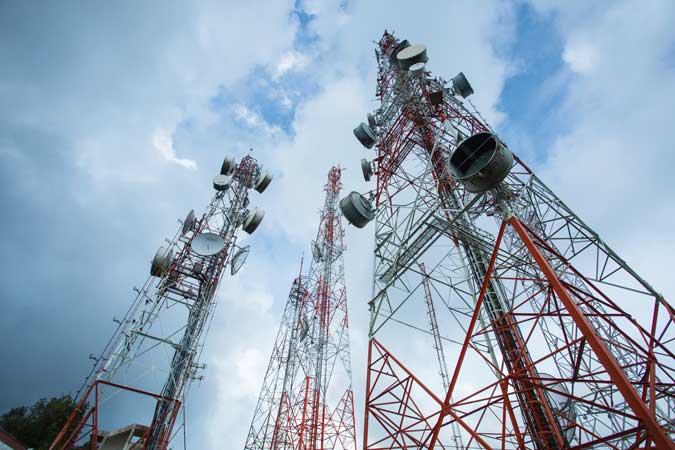Permits for all types of telco tower works to be streamlined — ARTA

THE PERMIT process for all types of works on telecommunication towers, including applications for repairs and maintenance, is due for streamlining, according to a revised circular from the Anti-Red Tape Authority (ARTA).
The revised circular requires the reduction of requirements for all pending and new applications to build, repair, install, operate, and maintain telco infrastructure, including both shared and exclusively-run infrastructure, ARTA said in a press release Thursday.
This expands the circular signed by ARTA and several government agencies last year requiring process streamlining covering just the construction of shared passive telecommunications tower infrastructure.
The circular was revised to harmonize with the provisions of Republic Act No. 11494 or the Bayanihan to Recover as One Act (Bayanihan II) and address confusion among local government units (LGUs). The law suspended for three years almost all requirements needed to build, repair, and operate all telecommunications and internet infrastructure.
“We hope that the clarifications brought by this Expanded JMC will remove (issues brought up) by some LGUs in complying with the streamlined process,” ARTA Director-General Jeremiah B. Belgica said.
Building permit applications are still required. The revised circular lists the documents needed for this permit, removing those that are not applicable to passive telecommunications tower infrastructure. It also removed the fire safety evaluation clearance requirement for tower construction.
The revised circular also requires a unified application for building permits, locational clearances, and barangay clearances under a one-stop shop set up by LGUs.
Passive telecommunications tower infrastructure under a certain height that will be built outside the Civil Aviation Authority’s critical areas will no longer be required to apply for the civil aviation clearance. They will instead be required to submit an affidavit certified by a geodetic engineer.
Proposed projects that will be built in a residential area with no registered homeowners association can submit a certification that no such association exists in the area and that they will engage with affected homeowners.
Meanwhile, ARTA on Thursday also launched the Philippine Good Regulatory Principles framework. The principles will guide regulators in drafting policies and service standard, as well as set expectations for businesses on the regulatory regimes they will operate under.
The principles are “a set of guidelines and core principles on how to promote proportionate, consistent, accountable, and targeted regulations through effective dialogue between regulators and regulated entities,” ARTA said.
“Regulators without these good regulatory principles would be oppressive, could actually have the propensity to be oppressive without any principles or guidelines to go back to,” Mr. Belgica said. — Jenina P. Ibañez



